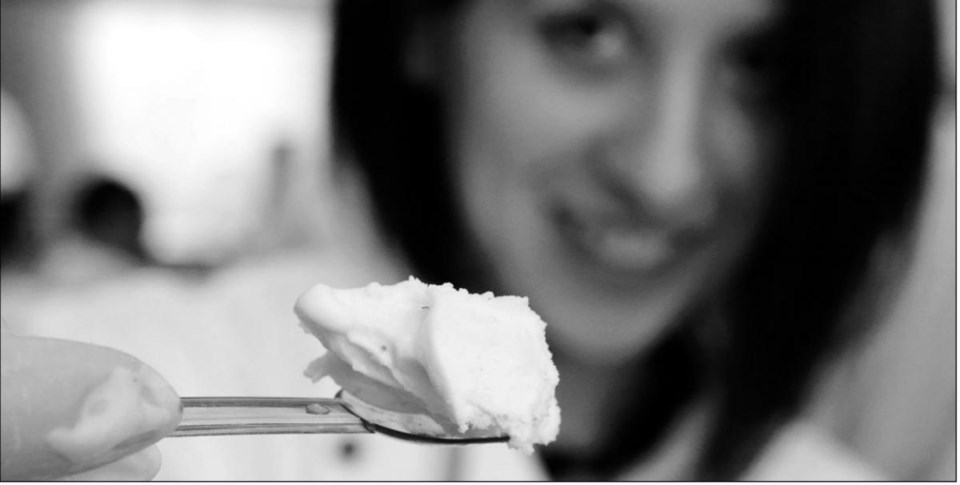Who knows what Cosimo Ruggieri would have thought about ending up in a gelato museum? Alchemist at the court of the Medici, Ruggieri, the story goes, created the ice cream that Catherine De Medici took to Paris in the 1530s to wow the French.
And that's why he ended up in the world's first ever museum of gelato culture and technology, which has just opened its doors to local dignitaries and businessmen in the small northern town of Anzola dell'Emilia, near Bologna.
"Gelato was a symbol of power, used at courts to enhance the prestige of noble families. Ice and salt were key ingredients and were expensive and so only aristocrats could afford it," said ice-cream expert Luciana Polliotti.
Polliotti is historical curator at the Carpigiani Gelato Museum, a shiny, more than 1,000-squaremetre space built at a cost of 1.5 million euros to showcase the history of a product that has become a made-in-Italy success story the world over.
The museum, built by gelato machine maker Carpigiani Group, tracks the history of gelato from the early snow-wells of antiquity, to the ice and salt sherbets developed by the Chinese through to the new technologies of the 1900s. Exhibits include the world's first-written recipe for the "shrb," Arabic for sugar syrup, the De Sorbetti treatise on the curative powers of gelato, written by Neapolitan physician Filippo Bal-dini, and 20 vintage gelato-making machines including the first automatic "Cattabriga" machine introduced in 1931.
But if gelato has its distant origins in Mesopotamia, it was Italy that developed, some time in the 1500s in Florence, the modern creamier version we serve today.
And it was another Italian, Francesco Procopio Cuto, who, the museum says, sold the first sorbets to the public in 1686 when he opened Le Procope in Paris, which is still there today.
Since then gelato-eating has become much more democratic. Food-producing association Coldiretti estimates Italians will spend 2.5 billion euros on gelati this year with more than 600 flavours to choose from.
Visitors to Anzola can taste some of these at the gelato shop outside the museum, which serves treats such as fig gelato with balsamic drizzle, strawberry and raspberry sorbets from an early 1800 recipe and coffee sorbet first made in 1854.
It was Carpigiani that took the gelato business global. Founded in 1945, the company, today part of catering equipment group Ali, has grown into the world's No. 1 gelato-machine maker with branches in 12 countries, sales of 146 million euros and a payroll of more than 400.
More than 150 million gelati from its machines are eaten daily worldwide. Like other made-in-Italy businesses, the gelato trade has bucked the recessionary trend by focusing on quality and distinguishing itself from the fatter, more industrialized ice cream.
"In Bologna, one of the few things that has grown in recent years is gelato," said Catholic monsignor Gabriele Cavina, as he blessed the museum during its recent inauguration.
Italians are deadly serious about their gelato. Walk around any Italian town late afternoon or evening and you'll find plenty of people strolling around with gelatos of every shade and colour.
But with one gelato parlour for every 3,000 inhabitants, Italy is now a mature market and 80 per cent of Carpigiani's business is now generated abroad with emerging markets in the Middle East and Asia a natural choice.
Especially China. "Gelato is not really in their culture but, for the Chinese, it's more a choice of tasting Made-in-Italy than food as such. I see strong growth there," said Carpigiani general manager Andrea Cocchi.
To help overseas expansion, Carpigiani also set up a Gelato University in 2003. Next door to the museum, it bustles with foreign students who come to the lab-oratories to learn the ins and outs of gelato making before going back home to set up their own businesses - possibly with a Carpigiani machine.
"I want to open up my own gelato shop in Manila," said Philippine Lily Agito, 31, who is doing a one-month internship at the University. "It's been great. They don't spoonfeed you everything, so you have to think for yourself."
Then there's the Gelato Pioneers. Every year, Carpigiani selects a group of highly motivated Italians ready to leave everything to open gelato shops abroad.
Besides funding scholarships for the program, the company also covers half the price of buying a new Carpigiani machine and will buy it back inside a year if the business folds.
Andrea Morelli, a 38-year-old former bank manager from Bologna, has no regrets.
"In 2011, I gave up everything and, through the program, spent time abroad, including in Malaysia. I was aiming to open in the U.S. but it could be somewhere else," he said.



